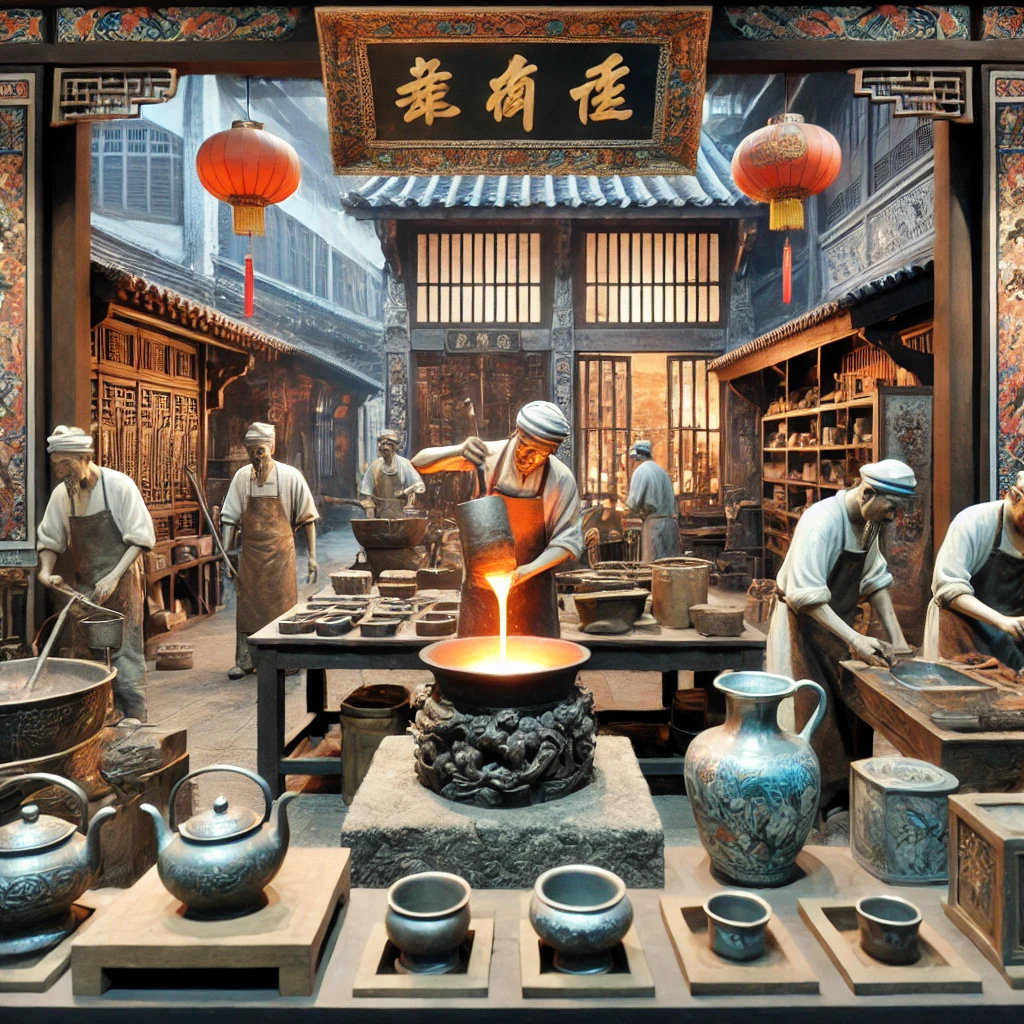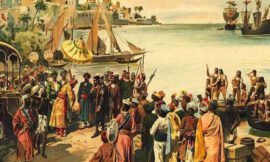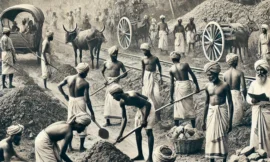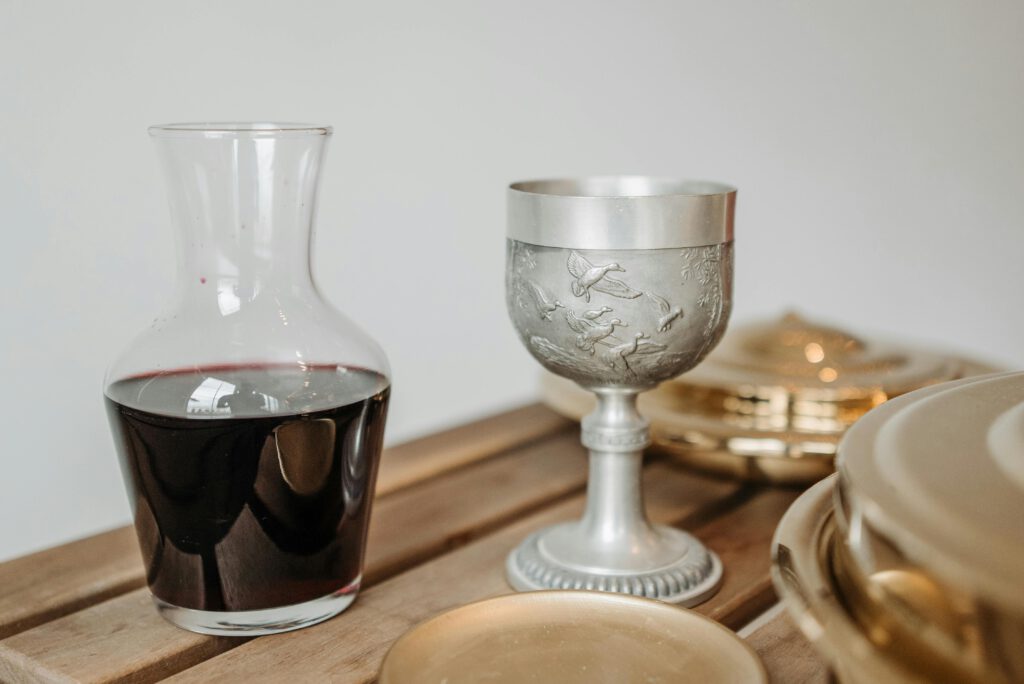
The legacy of Malaysian pewter stands as an iconic symbol of the nation’s artistry, cultural integration, and historical significance. Renowned worldwide for its intricate designs and enduring quality, the legacy of Malaysian pewter reflects the ingenuity and resilience of its people. Rooted in the contributions of Chinese immigrants, this craft blends traditional techniques with modern innovation, celebrating Malaysia’s rich cultural heritage.
The Foundations of Malaysian Pewter
The story of Malaysian pewter begins in the 19th century, during a significant wave of Chinese immigration to the Malay Peninsula. Drawn by the tin mining boom in regions like Selangor and Perak, Chinese immigrants brought their expertise in mining and craftsmanship. Tin, abundantly available in Malaysia, became the backbone of the local economy.
Recognizing tin’s potential beyond industrial use, the Chinese introduced innovative techniques to create pewter—an alloy of tin, copper, and antimony. This marked the birth of Malaysian pewter, which quickly evolved into a thriving industry.
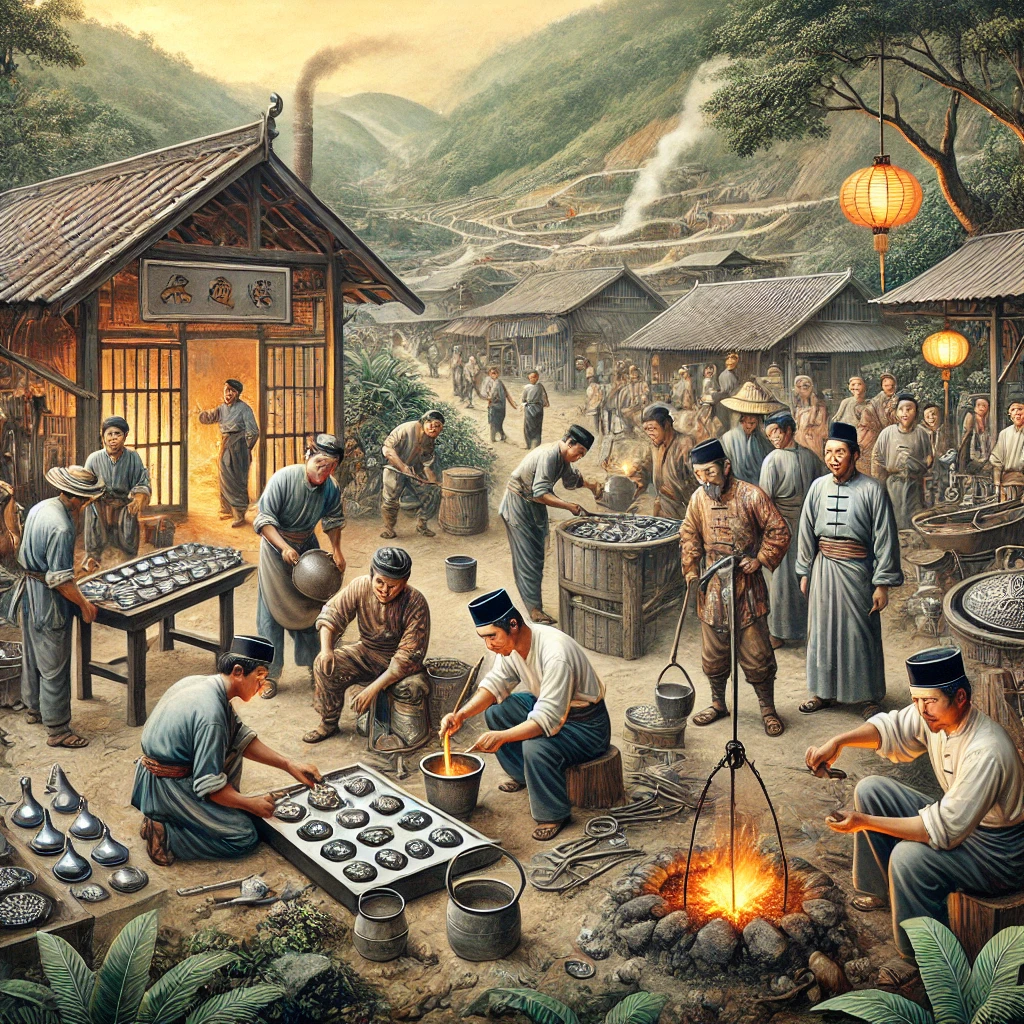
Chinese Influence on Pewter Craftsmanship
The development of Malaysian pewter was profoundly influenced by the craftsmanship and traditions of the Chinese immigrant community. Artisans employed techniques such as engraving, casting, and polishing to create functional yet beautifully designed items. From ceremonial objects adorned with motifs of dragons and flowers to everyday kitchenware, each pewter piece carried cultural and artistic significance.
Communities like Kuala Lumpur’s Chinatown became hubs of tin and pewter production, preserving the cultural heritage that remains evident in the craft today.
The Role of Royal Selangor in Malaysian Pewter
A pivotal name in the history of Malaysian pewter is Royal Selangor, established in 1885 by Yong Koon, a Chinese immigrant. Initially producing items like incense burners for temples, Royal Selangor evolved into a global leader in pewter craftsmanship.
The success of Royal Selangor was further bolstered by royal patronage. Sultan Abdul Samad of Selangor recognized the industry’s potential and granted the company a royal warrant. This endorsement elevated Malaysian pewter to a symbol of cultural and economic pride.
Today, Royal Selangor’s showroom and workshop stand as iconic landmarks, offering visitors an immersive experience in pewter crafting. The company’s innovative blend of traditional artistry and contemporary design has cemented its status as a global ambassador of Malaysian pewter.
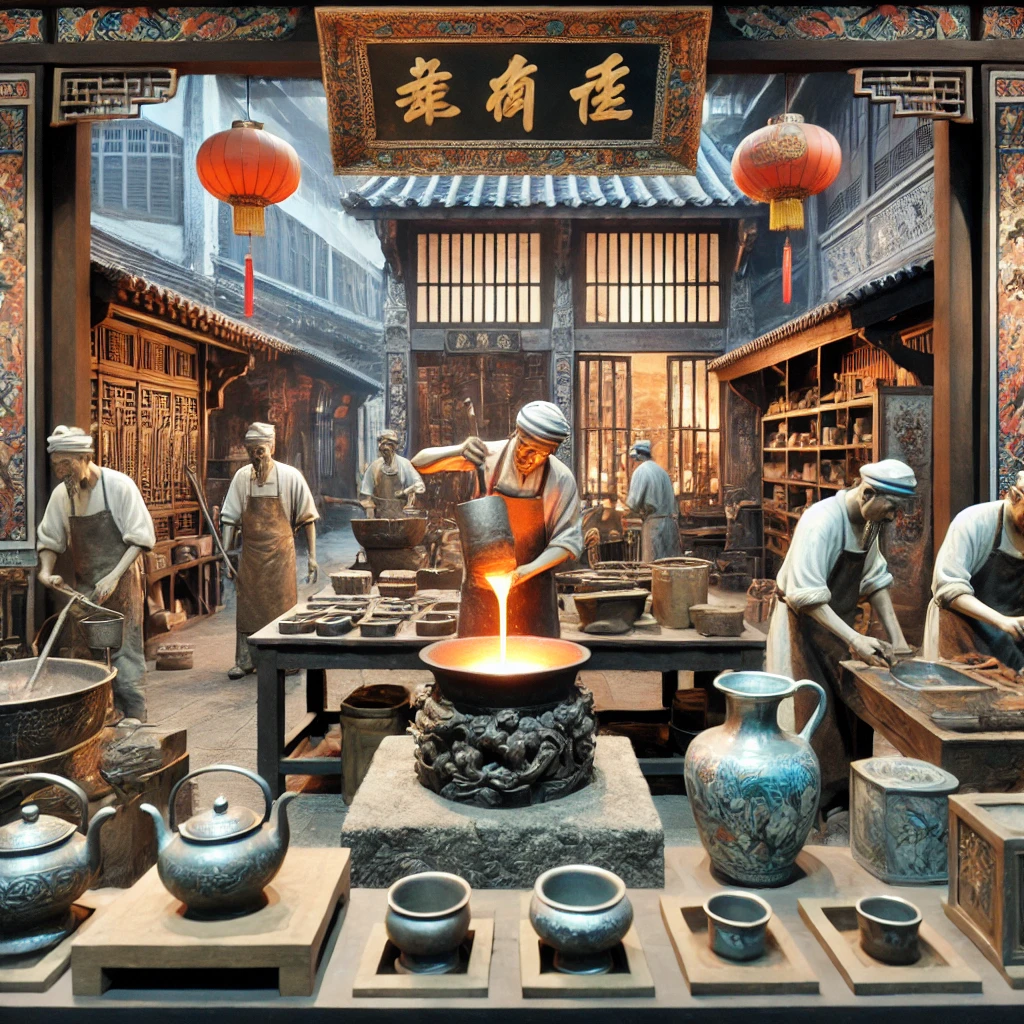
The Cultural Significance of Malaysian Pewter
Malaysian pewter is more than a craft—it is a cultural artifact that reflects the nation’s historical connection to tin mining and the artistic contributions of its Chinese community. Traditional designs often incorporate motifs inspired by Chinese mythology, nature, and Malaysian heritage, resulting in unique and meaningful pieces.
Beyond its decorative value, Malaysian pewter serves as a symbol of resilience and creativity. Items crafted from pewter are cherished heirlooms, often passed down through generations, preserving stories of heritage and identity.
Preserving Malaysian Pewter Craftsmanship
Efforts to preserve and promote Malaysian pewter are ongoing. Institutions like the Royal Selangor Visitor Centre in Kuala Lumpur provide educational tours and workshops, showcasing the meticulous process of pewter making. Visitors can observe artisans as they melt, mold, engrave, and polish pewter, gaining a deeper appreciation for this timeless craft.
These initiatives not only celebrate the artistry of Malaysian pewter but also honor the legacy of the Chinese immigrants who pioneered this industry. By engaging with the craft, visitors connect with a significant chapter of Malaysia’s cultural history.
A Timeless Craft: Why Malaysian Pewter Stands Out
The allure of Malaysian pewter lies in its fusion of tradition and innovation. What began as a utilitarian use of tin has evolved into a globally recognized art form. From elegant tea sets to commemorative items, Malaysian pewter continues to captivate collectors and tourists alike.
Each piece tells a story—of skilled artisans, cultural exchange, and the enduring beauty of handcrafted art. Malaysian pewter is not only a celebration of Malaysia’s heritage but also a reminder of the transformative power of creativity and collaboration.
Conclusion: The Legacy of Malaysian Pewter
Malaysian pewter is a shining example of how tradition and modernity can coexist. It embodies the contributions of Chinese immigrants, the economic significance of tin mining, and the artistic spirit of Malaysia.
By exploring the world of Malaysian pewter, we honor the past, celebrate the present, and inspire the future. Whether through its rich history or its exquisite craftsmanship, Malaysian pewter remains a testament to the nation’s vibrant cultural legacy.


